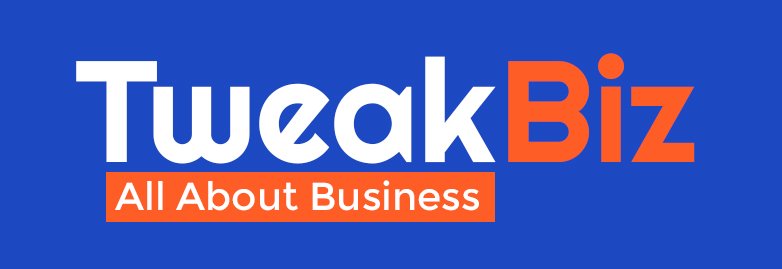Decision-making in the human resources area of business is starting to see a change. In the past, HR decisions have been guided by instinct and intuition, but in today’s world, we have access to such large amounts of data that we can use it to help make those decisions. We do not have to rely on intuitions any longer.
In 2015, it was discovered that 35% of companies were developing methods of data analysis to use in conjuncture with their HR department. In a world driven by data, it should be no surprise that HR analytics are being used to help decide what candidates to hire.
A lot of organizations use metrics to influence how they recruit and compensate employees. The reason this is such a huge benefit is that it allows organizations to analyze data in ways that simply were not possible before. More data equates to less reliance on intuition. In short, we can use facts to drive the HR process forward.
It’s Transforming the HR Landscape
Before I can show you how analytics improves performance, it’s important that we identify what analytics are in the first place. These are known to the industry as “talent analytics.” This process is designed to provide greater insight into employee management and hiring in an effort to achieve business goals.
Since there is so much data out there to wade through, the first step is always going to be the identification of metrics that are relevant. Then those insights must be used to improve the bottom line.
In a world where businesses are starting to realize just how powerful of a role this data plays in hiring and retaining the right employees, the entire landscape is experiencing a major shift. Hiring managers can be guided by information to help them make decisions.
HR Analytics is changing the landscape by:
- Assisting in the selection of job applicants.
- Identifying common factors in the creation of high-performance sales teams.
- Analysing company culture and helping find ways to improve it.
- Identifying career paths that are considered “high value” by workers.
How HR analytics are applied to the Workplace
HR analytics is great for making decisions in regard to hiring new employees. They make it easier to identify those who have the highest chance of being high performers. Furthermore, analytics can show you if this person needs to be shifted into a fast-track program so that they can gain the skills to be a top performer in your business.
Another valuable application is when we use analytics to model changes within a business. For example, if a business is trying to fine-tune its overall structure and finds a need to change some job positions, HR analytics can help estimate the impact those changes will have.
There are several other methods of applying HR analytics to the workplace. Teams are better able to allocate resources when hiring. Some metrics that are sure to see a vast improvement are: cost per hire and expense per employee.
Data analysis can also help a business create their hiring plan by identifying common factors and important patterns that are seen during the hiring process. The hiring managers can use that knowledge to make informed decisions.
HR Analytics Help You Face Difficult Challenges
It’s essential that we keep in mind that HR analytics is only the first step when it comes to leveraging business data. The real value comes from turning insights into practice. In short, that’s what creates the biggest challenge. Fortunately, there are data analysis firms out there that can help make this transition.
HR analytics will continue to expand well into the future. Businesses are either going to have to start utilizing this data or fall behind.

